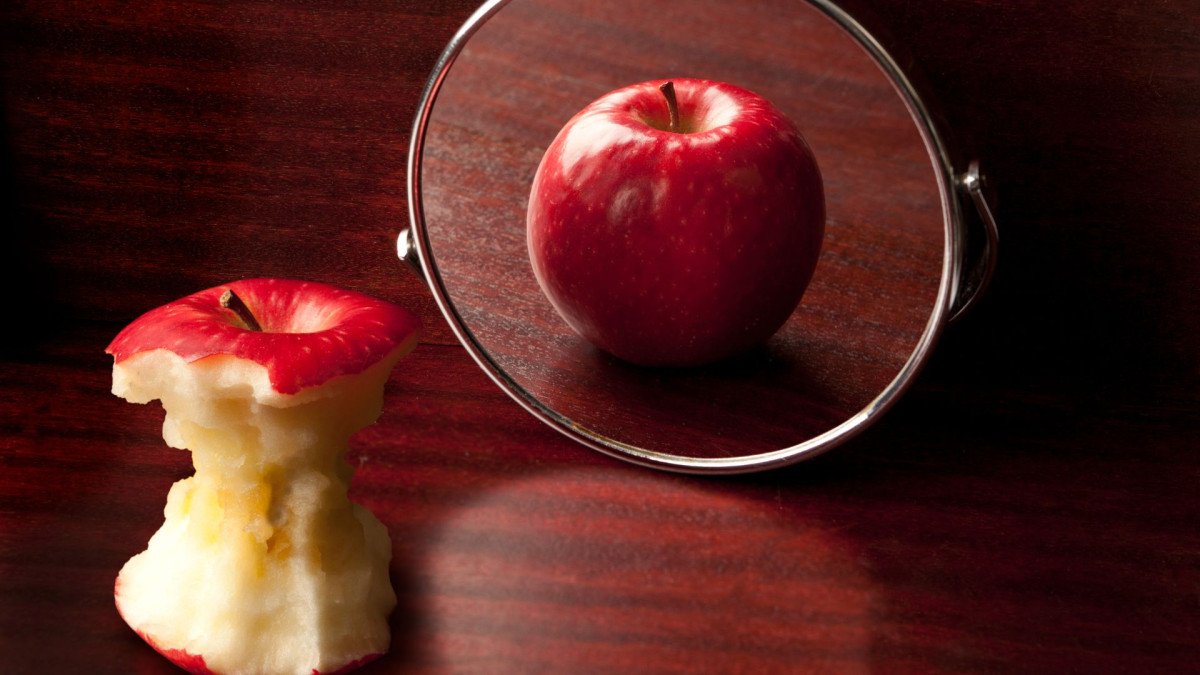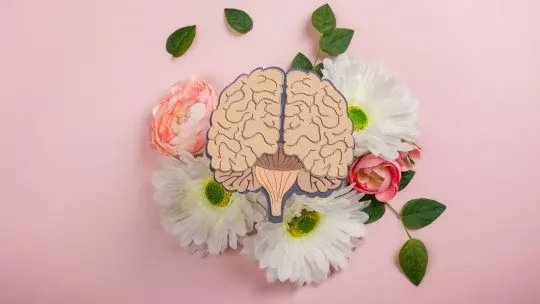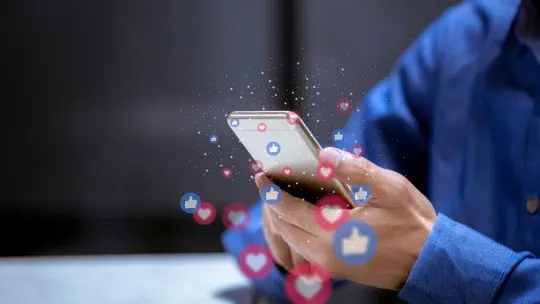
The great impact that technology has on our daily lives is completely undeniable Regardless of your age or profession, it has become our right hand by offering us faster and more practical solutions. However, although it is true that it has brought positive effects, we cannot forget the avalanche of harmful effects that it has, especially on our mental health.
The World Health Organization (WHO) defines mental health as a “state of complete physical, mental and social well-being.” Therefore, just as importance is given to physical health and it is not difficult for us to go to the doctor when something hurts, we must begin to highlight the value of a correct state of mental health and go to a professional when faced with psychological discomfort. I highlight this since mental health at a European level has worsened in recent times and new technologies play an important role in taking care of our mental health.
How does technology affect mental health? Does it affect everyone equally? Is there any group that is more vulnerable to this? Is there any age where technologies can cause more damage to mental health? If you are interested in the answers to these and many other questions, you have come to the right place. In today’s article, based on scientific evidence, we will see the different effects that this new world full of screens has on the mental health of the population.
Anxiety and depression in the world of social networks.
If you sit on a park bench closest to your house on any given day and simply spend half an hour observing the behavior of the people who pass by, you will realize that we are completely immersed in new technologies. Almost everyone has a mobile phone, constantly full of notifications, which requires us to be in a state of uninterrupted alert. Many people feel chained to their cell phone, and even when they leave home without this device, they feel naked, as if something is missing. These feelings have generated an increase in anxious and depressive symptoms that we will analyze in more detail.
1. Anxious symptoms
According to the WHO, in 2019, 301 million people suffered from an anxiety disorder, including 58 million children and adolescents As a result of the COVID-19 pandemic, this number has increased significantly. The numbers are alarming, but the most worrying thing is that anxiety appears earlier and earlier, reaching the point where 50% of anxious symptoms begin before the age of 14. Taking into account that today’s teenagers are those who have grown up surrounded by screens, it is not surprising that they are one of the groups most vulnerable to the influence of new technologies.
In order to understand the high number of cases of anxiety, we must talk about social networks. Instagram, Facebook, Tik Tok, WhatsApp, among others, have changed the way we communicate and, in general, the way we see the world. The quick and easy exchange that occurs when liking different platforms or sending a message generates anxiety regarding body image, the search for acceptance from others, and feelings of loneliness.
Going one step further, the incorrect use of social media creates a state of control, which in turn generates anxiety. On many of the famous platforms, we know if someone is online, when was the last time they logged in, if they have read a message, if they have ignored us, if they are with another person, among many other things. All of this generates obsessive ideas and a lot of anxiety, where it makes us think about why a person doesn’t answer us we begin to say negative things about others and of course, it can damage interpersonal relationships.

2. Depressive symptoms
As with anxiety, depressive symptoms are increased due to the use of electronic devices. In fact, various research links increasing hours on phones with a greater risk of developing depression. In particular, young people today spend much more time connected with their peers through mobile phones than in real life. This is where many professionals emphasize that the social isolation suffered by a large part of adolescents is due to this lack of satisfaction felt when communicating with someone in person.
Another theory that experts support about the increase in depression is the low self-esteem that is generated by comparing oneself with other users on social networks. Many young people sin by comparing their lives, their body, their intelligence, their creativity, their friends, family, among others, with people who at first glance seem to be more beautiful, popular, and successful But this doesn’t stop here. Many consumers spend hours thinking about what photo to post to make others believe they have a perfect body and life. This fear of being rejected by creating too high expectations on social networks generates feelings of sadness and depression among young people.
Cases of eating disorders (ED)
Today, social networks have become a showcase of perfect bodies and successful lives, where many young people use it as a mirror to compare their own lives with those completely unrealistic ones that permeate the different platforms. Because of this, social networks have become a direct springboard towards eating disorders.
Starting from the basis that adolescence is a complicated time, where you are in a pure process of self-knowledge, of breaking with established norms, of searching for your own identity, where what others say weighs a lot and concerns are taken to extremes, Inappropriate use of social networks can be a time bomb and a risk factor for developing an eating disorder
A person who suffers from an eating disorder creates hypersensitivity to the stimuli around them, where friends, family and the content they consume weigh much more than they should. Added to this is the use of these platforms to seek the approval and acceptance of others, leaving aside your own ideals and trying to achieve that perfection that society demands: thin, pretty, with many friends, with a partner, successful, popular, etc.
Within eating disorders, the use of technologies and social networks has significantly increased one in particular called orthorexia It is characterized by obsessive behavior towards foods classified as “good” and “bad” by some profiles who are supposedly experts in nutrition and training. The obsessive behavior of this disorder reaches such a point that just hearing or reading negative things about a breath, without basing it on scientific evidence or considering the source of information, causes people who suffer from it to eliminate it completely from their diet. .
When there is a true professional behind it, the risk of developing this disorder is much lower. With the use of technologies, an easy door is opened to all types of information from any source or person. The consequences of putting yourself in the hands of one or the other are immense, and currently, more and more young people are putting themselves in the hands of people who upload a 20-second video about what to eat and what not to eat to lose 5 kilos in a week. .
Orthorexia leads people to withdraw from their close circle, being unable to participate in food-related activities, and becoming intolerant of listening to other people’s opinions related to nutrition and training This implies a deterioration in the quality of life, with a significant impact on work, studies, friendships, family or partner, and of course, a lot of psychological suffering and little emotional stability.
It is of great importance that parents, guardians, coaches, teachers, serve as references and fundamental pillars to provide young people with the necessary tools to warn about the misuse of social networks. With this, children and adolescents are protected from different eating disorders and, ultimately, their quality of life and mental health are improved. Education and information about the functioning of our body, the nutritional properties of foods, the importance of physical exercise for mental health, the importance of self-esteem and loving oneself are some of the best ways to prevent this type of behavior.









